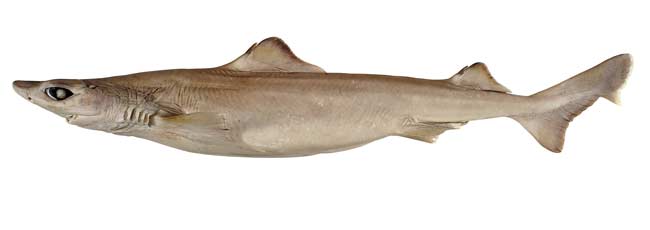100 New Sharks and Rays Named

More than 100 species of sharks and rays have been classified and named as new species, including some that had been discovered as far back as the early 1990s.
The new namings and classifications are the result of an 18-month Australian project using DNA analysis to clarify the identity of closely related species.
The new species include:
- The endangered Maugean Skate (Zearaja maugeana), which lives only at the southwestern tip of Tasmania. It is closely related to an ancestor that lived off southern Australia some 80 million years ago.
- A critically endangered gulper shark known as the Southern Dogfish (Centrophorus zeehaani), which lives only on the continental slope off southern Australia.
- The Northern Freshwater Whipray and the Northern River Shark, which are among the largest freshwater animals in Australia at more than 6 feet (2 meters) long. Until recently these were confused with similar marine species.
"Additional taxonomic information like this is critical to managing sharks and rays, which reproduce relatively slowly and are extremely vulnerable to over-fishing and other human impacts," said project leader Peter Last of CSIRO, Australia's top research agency. "Their populations are also sensitive to small-scale events and can be an indicator of environmental change."
Sharks and rays play a vital ecosystem role as top predators, culling weak or dimwitted members of other species.
"Take them away and what does it mean for the rest of the ecosystem?" said team member William White. "We can't understand possible implications unless we know what species we're dealing with."
Sharks are also sensitive to small-scale events and can be an indicator of environmental change, the researchers said.
Get the world’s most fascinating discoveries delivered straight to your inbox.
Most of the sharks and rays were identified but not fully described in 1994. They new names and descriptions will be published in book form in 2009.
 Live Science Plus
Live Science Plus






